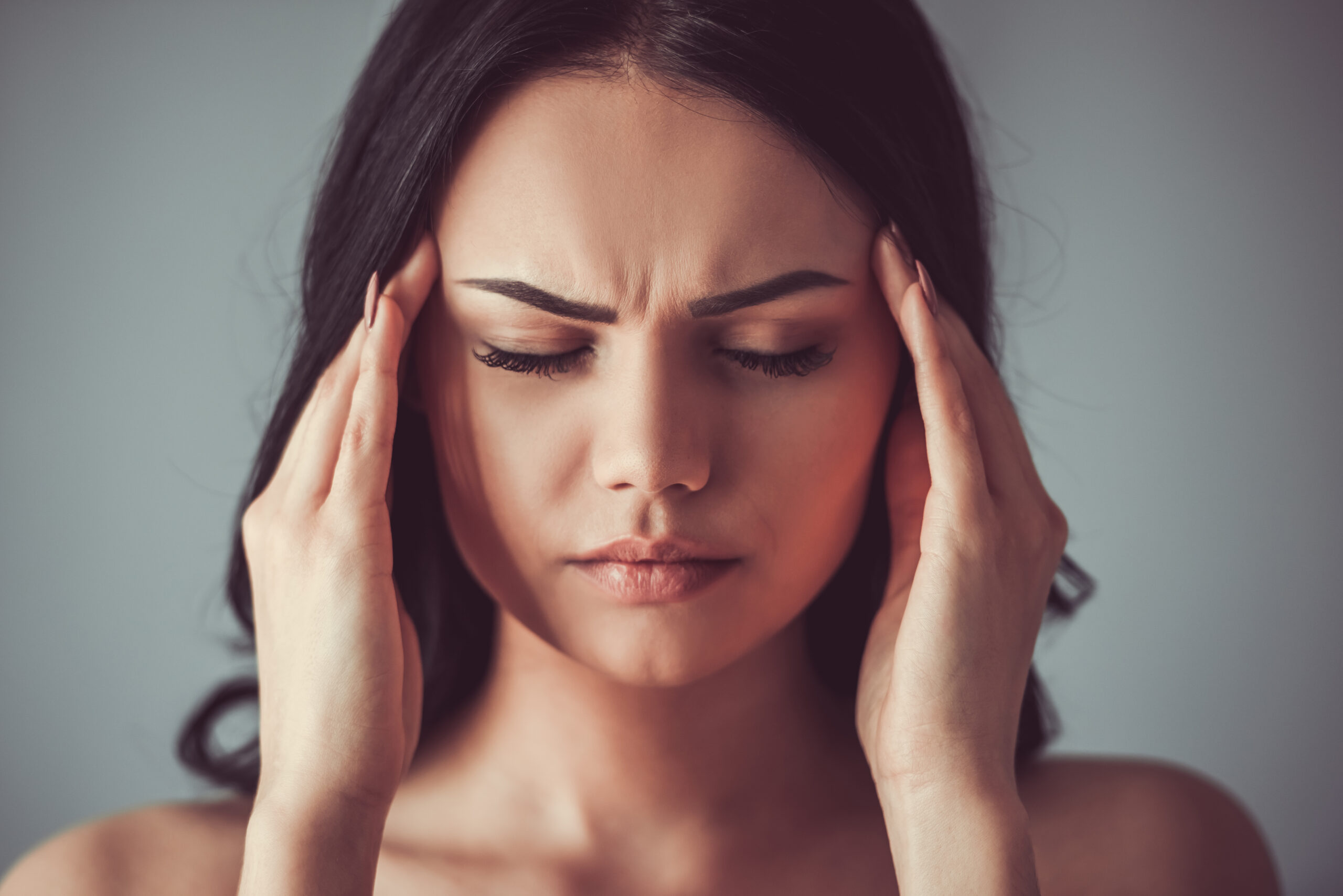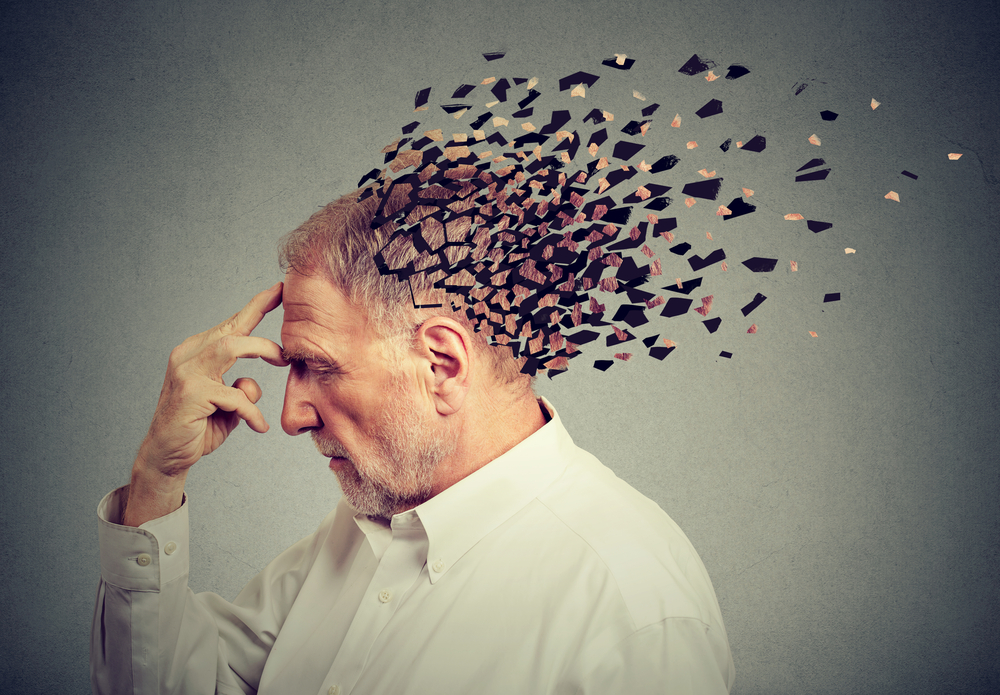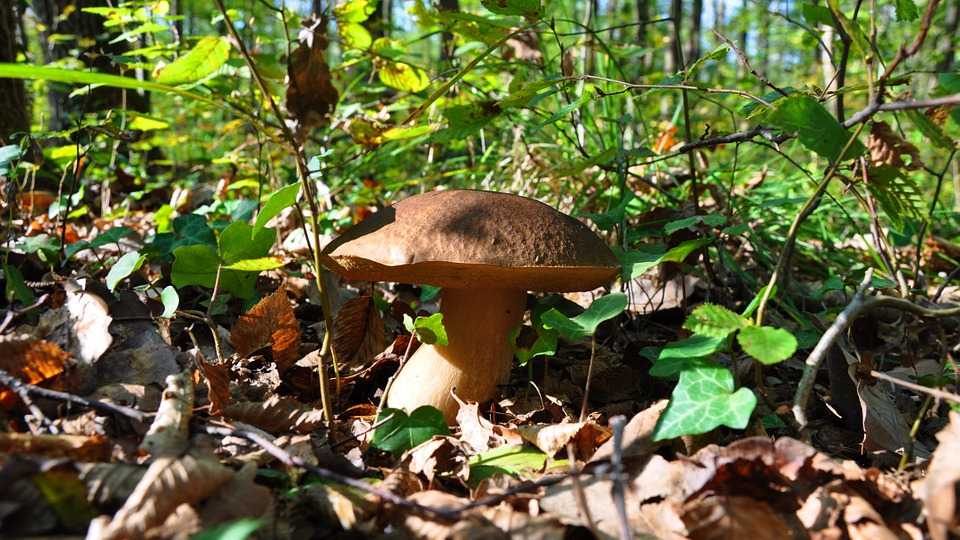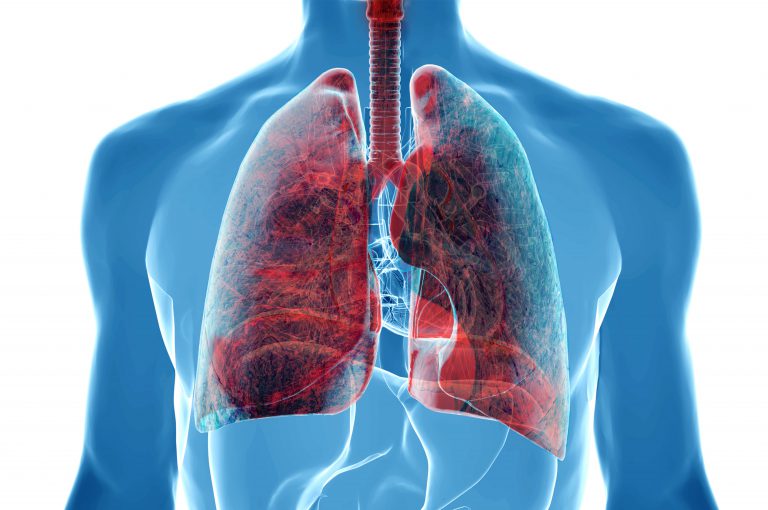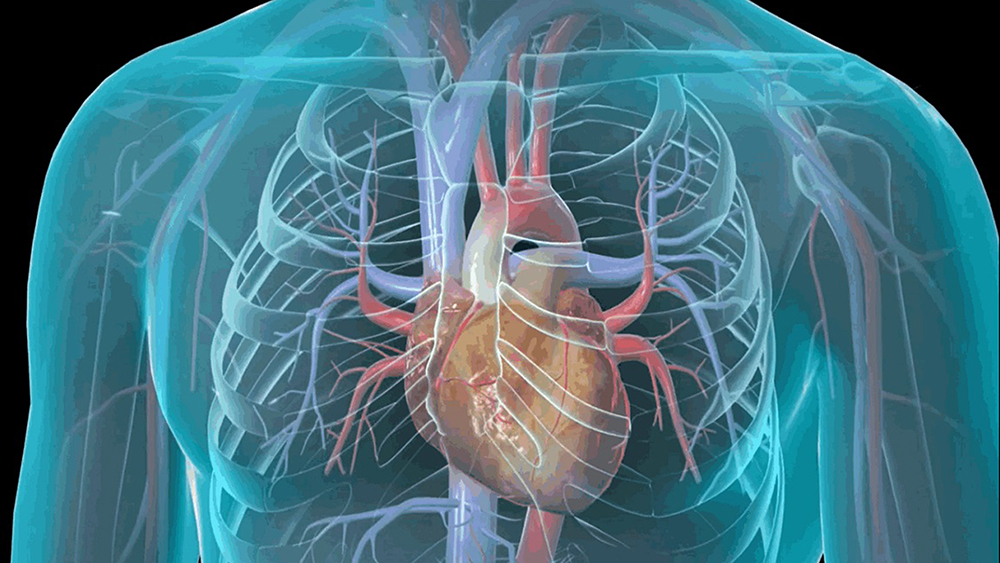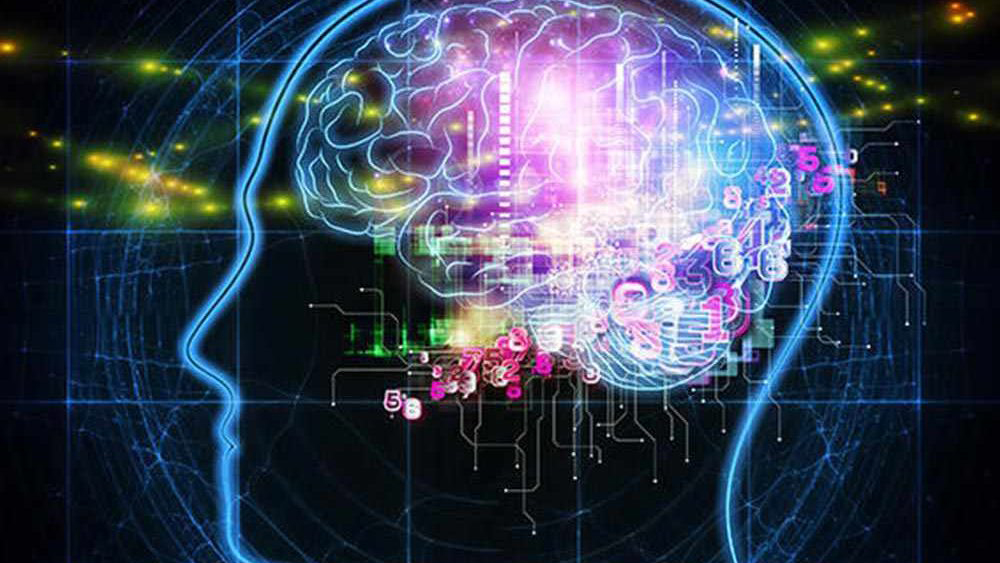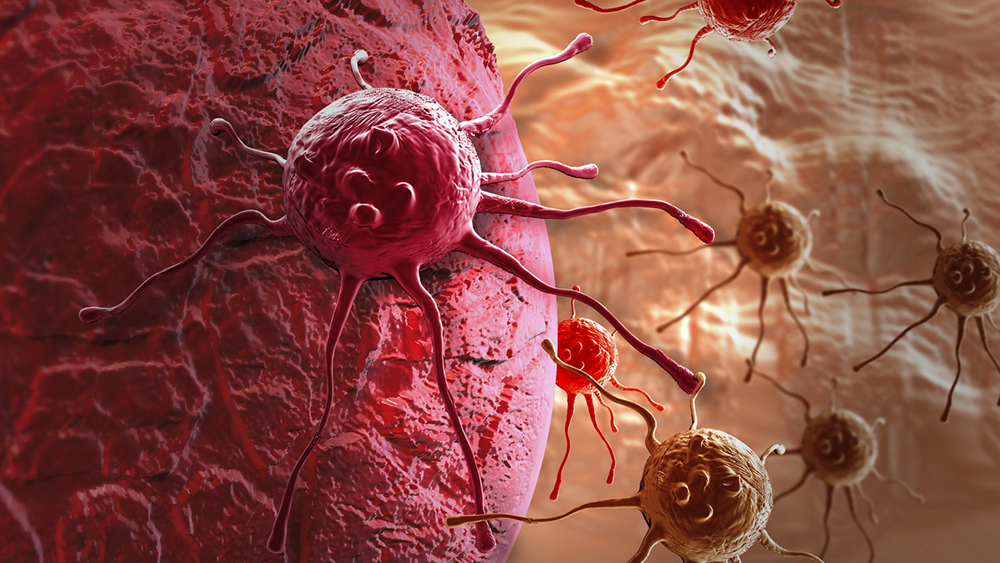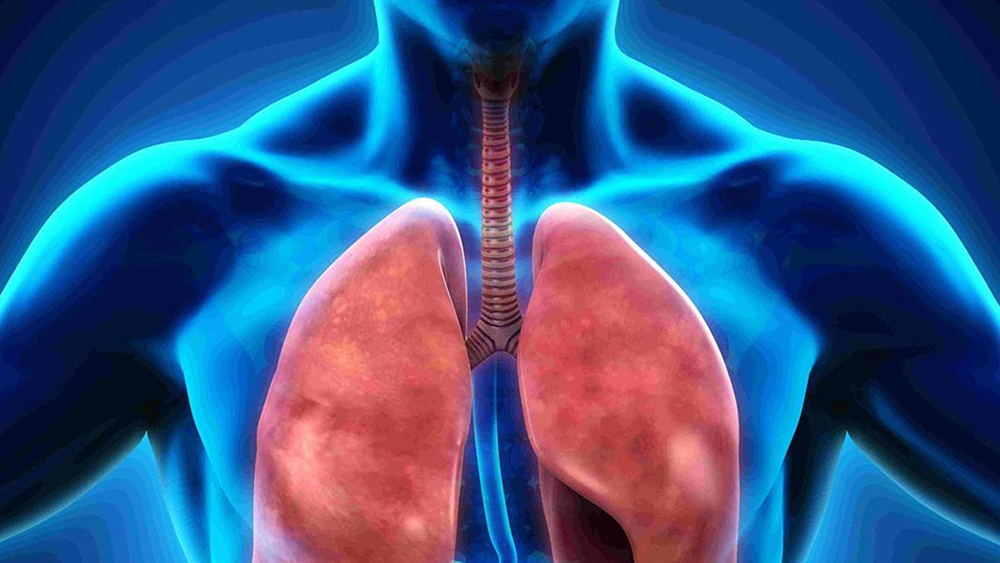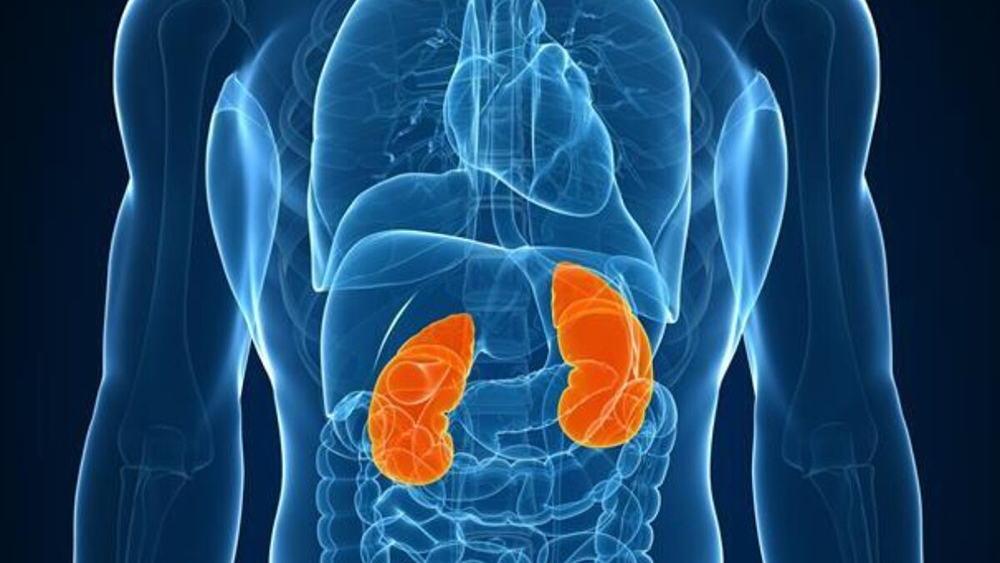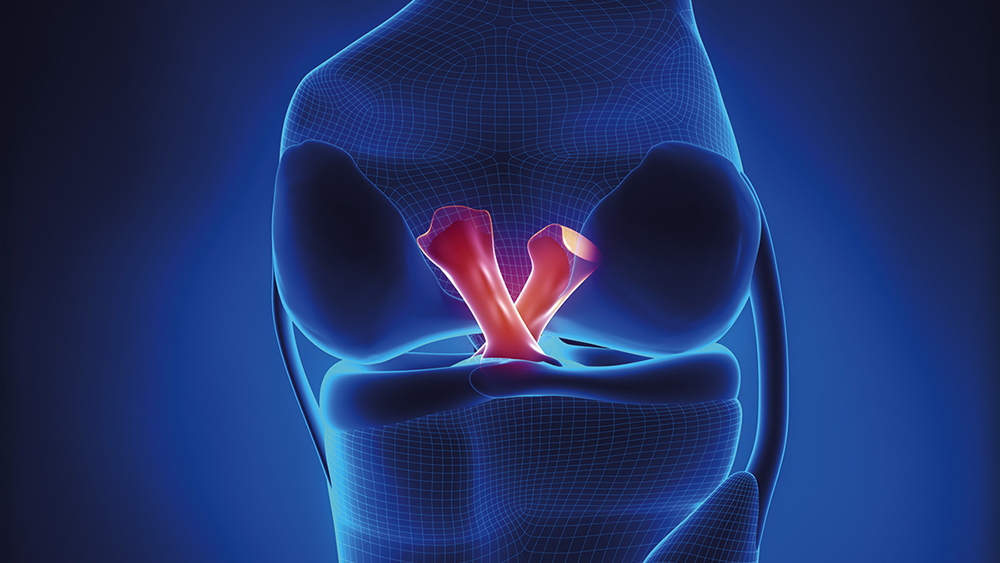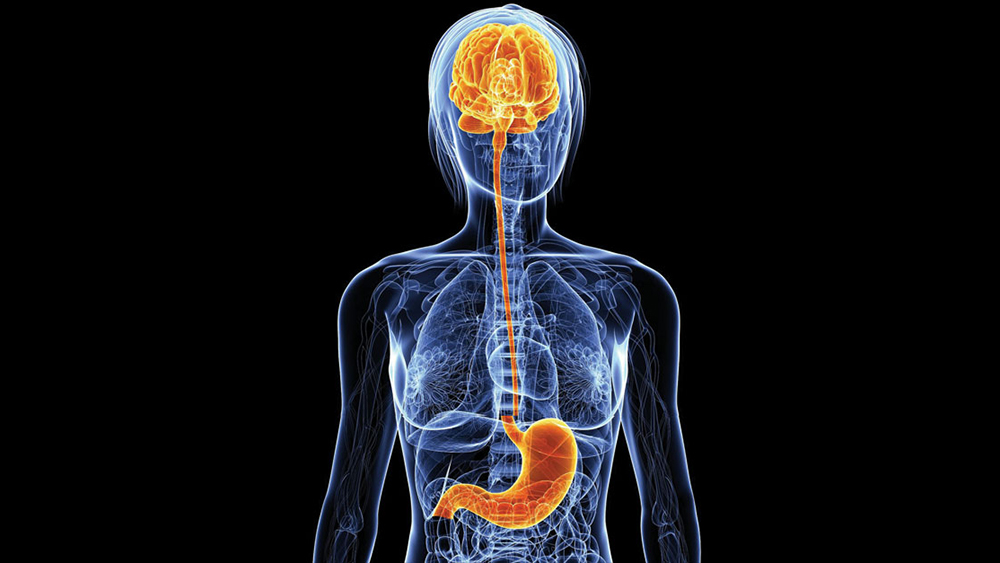Summary
This natural biological process brings a permanent end to fertility. Menopause is the time when the ovaries stop producing hormones at the levels necessary to allow sexual reproduction. It generally occurs around the age of 51.
Perimenopause
Perimenopause is a term used to describe the period leading up to menopause. During this time, a woman’s body begins the transition to permanent infertility. Perimenopause usually lasts from one to three years and ends with menopause.
During perimenopause, a woman’s hormone levels can fluctuate, menstruation may become irregular, and fertility levels decrease. A woman may experience changes in sexual function and desire. She might have hot flashes, sleep problems, mood swings, headaches, and urinary issues. A woman may also experience changes in cholesterol levels and a loss of bone density. Her breasts may become less full, her hair could thin, and the amount of abdominal fat may increase.
Menopause
As perimenopause progresses, a woman’s menstrual cycles gradually cease. It is usually considered that one year after the last menstrual period, a woman has reached menopause, which is the condition in which she is no longer fertile.
A woman who has had her uterus removed but retains at least one functioning ovary will still experience the symptoms of menopause. In this situation, menopause can be identified by measuring hormone levels in the blood.
Post Menopause
After a woman has reached menopause, she enters the postmenopausal phase. Symptoms experienced during perimenopause and menopause may persist for some time or may cease.
Other types of menopause
Some women experience other types of menopause. Early menopause is the one that occurs before the age of 40, which can be due to hereditary causes or illness. It can also be caused by medical treatment or surgery. Induced menopause is a form of menopause caused by surgical removal of the ovaries. It can also be caused by an event that interrupts the functioning of both ovaries. Induced menopause is often caused by radiation, chemotherapy or hysterectomy with removal of the ovaries.
Treatment
Although the menopausal process is natural and does not require treatment, some treatment options can help alleviate the associated symptoms. Treatment options for menopausal symptoms may include over-the-counter drugs, prescription drugs, hormone replacement therapy and lifestyle changes.
Overview
This natural biological process is the permanentend of fertility. Menopause is the time when theovaries stop producing hormones at the levelsneeded to allow sexual reproduction. It typicallyoccurs around age 51.
Perimenopause
Perimenopause is a term used to describe theperiod leading up to menopause. During this time, awoman’s body begins the transition to permanentinfertility. Perimenopause typically lasts from one tothree years. It ends at menopause. Duringperimenopause, a woman’s hormone levels mayfluctuate. Periods may become irregular, andfertility levels decrease. A woman may experiencechanges in sexual function and desire. She mayexperience hot flashes, sleep problems, moodchanges, headaches and urinary issues. A womanmay experience changing cholesterol levels and aloss of bone density. Her breasts may become lessfull, her hair may thin, and her amount of abdominalfat may increase.
Menopause
As perimenopause progresses, a woman’s periodsgradually cease. One year after her final menstrualperiod, a woman is said to have reachedmenopause. At this point, she is no longer fertile. Awoman who has her uterus removed but retains atleast one functioning ovary will still experiencemenopause. In this situation, menopause can beidentified by a measure of the level of hormones inthe blood.















